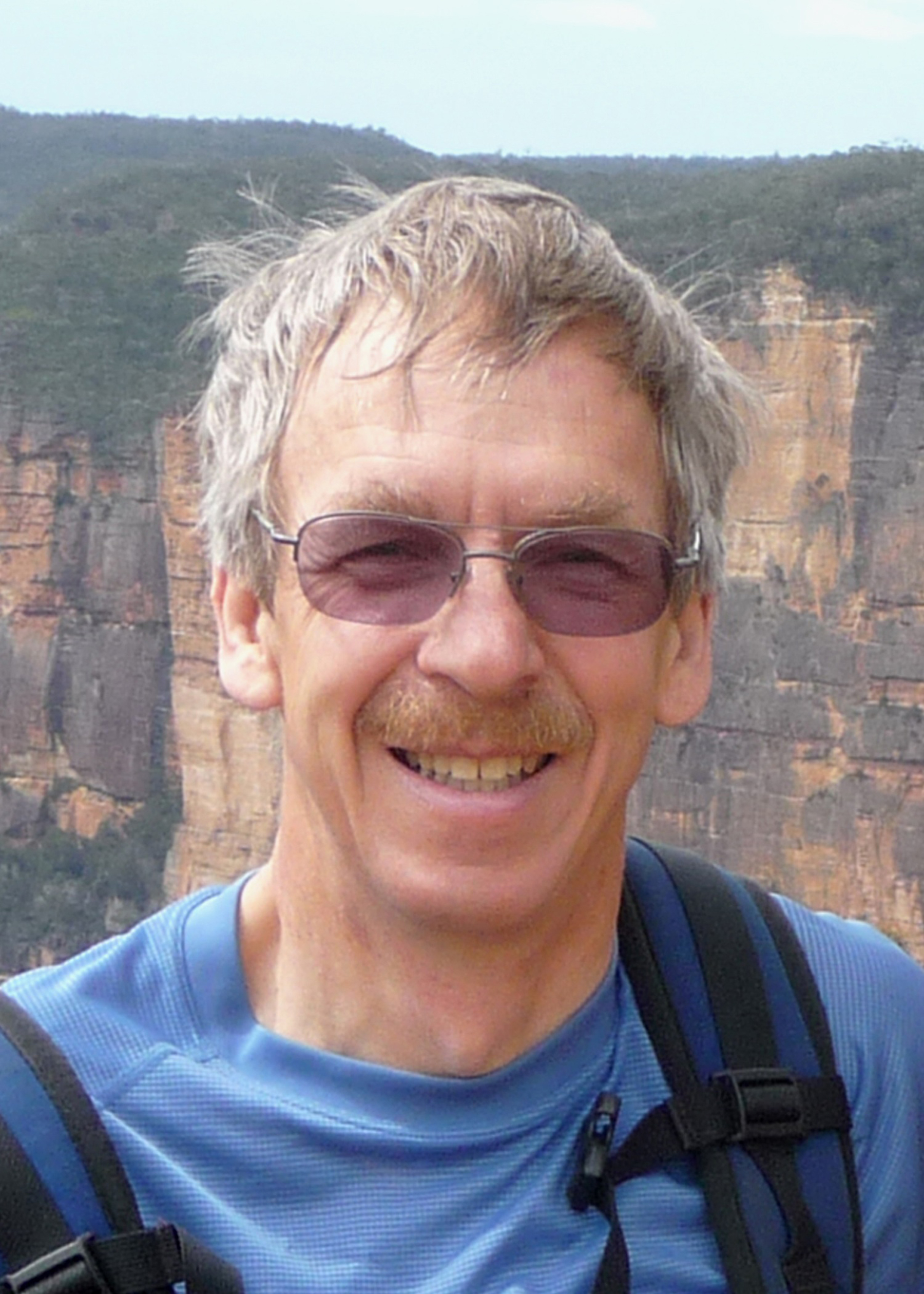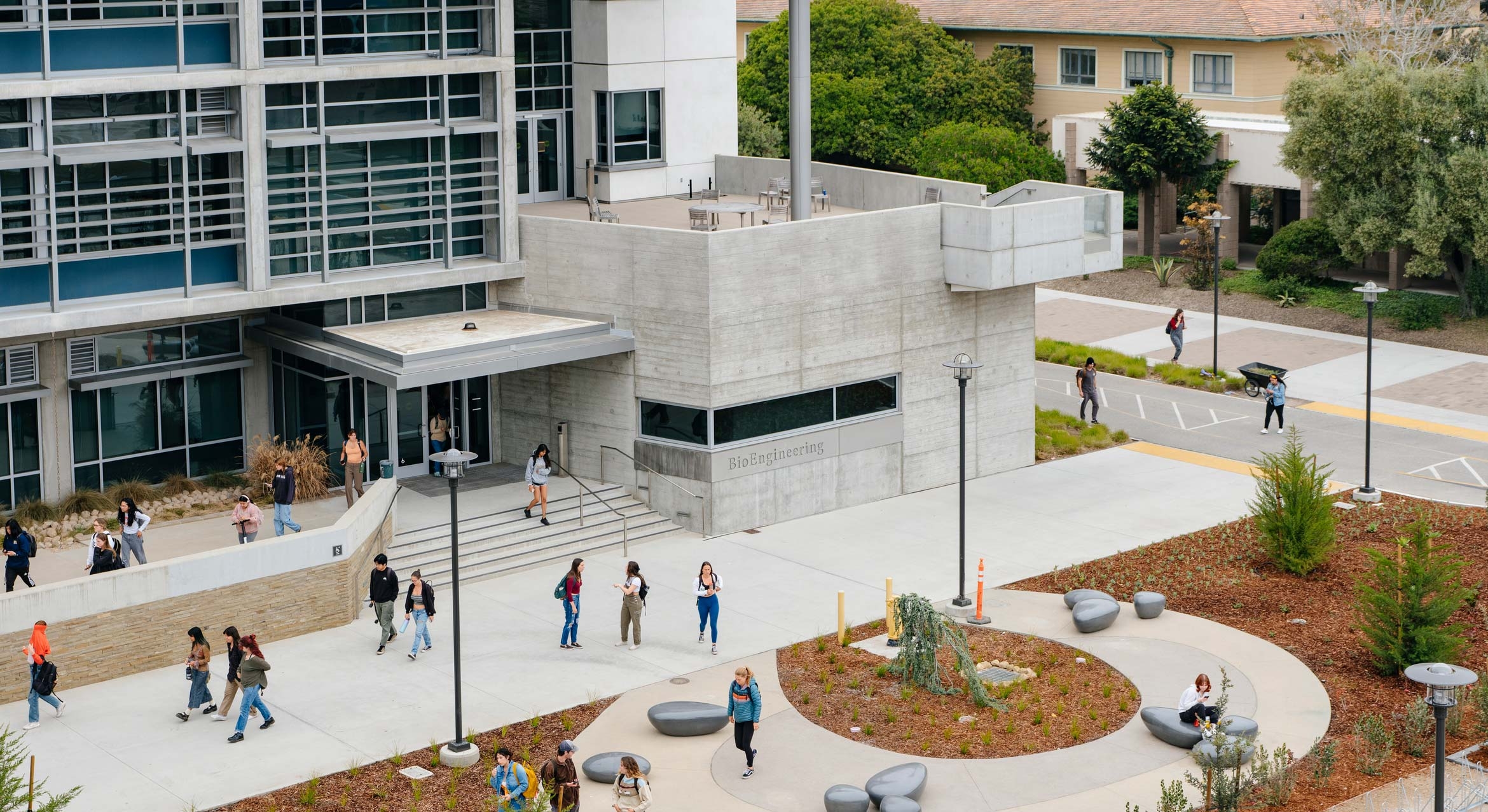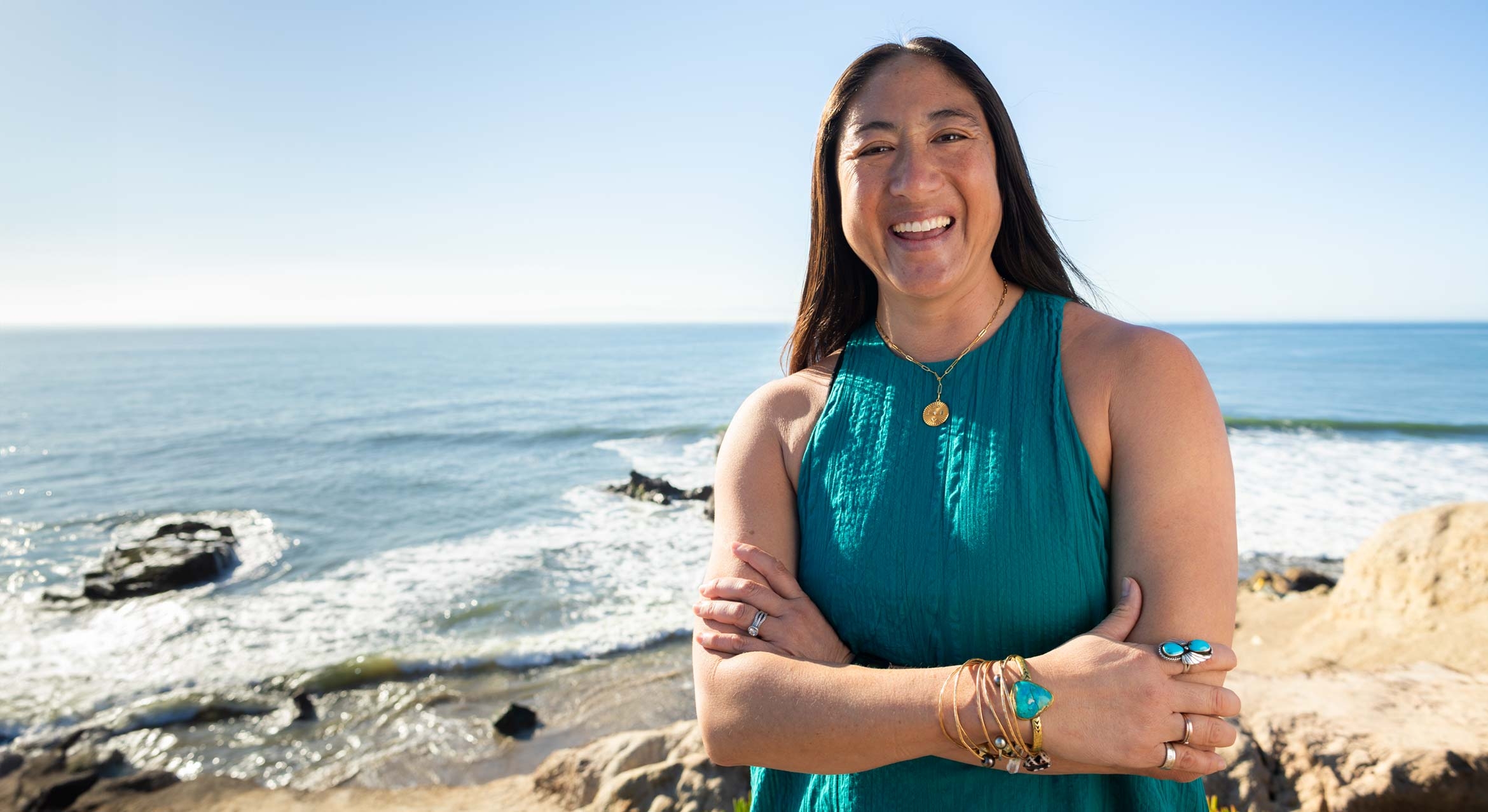
Two UC Santa Barbara faculty members –– Douglas Burbank, director of UCSB's Institute for Crustal Studies and professor of earth science, and Gary Horowitz, professor of physics –– have been elected to the National Academy of Sciences. Burbank and Horowitz were among 72 new members elected to the academy today in recognition of their distinguished and continuing achievements in original research.
Burbank's research specialties include tectonic geomorphology and the physiographic evolution of mountain ranges. Horowitz's research focuses on questions involving gravity under the most extreme conditions.
The election of Burbank and Horowitz brings to 33 the number of active UCSB faculty members elected to the academy.
The National Academy of Sciences is the country's most prestigious scientific organization, and election to the academy is considered one of the highest honors that can be accorded a U.S. scientist or engineer. Those elected today bring the total number of active members to 2,222. The new members will be inducted into the academy next April at the group's annual meeting in Washington.
"Election by one's peers to this prestigious academy is not only a milestone achievement, but also a meaningful affirmation of the hard work and creativity that have gone into years of pioneering research," said Chancellor Henry T. Yang. "Our entire campus community is so proud of this well-deserved honor for Professors Doug Burbank and Gary Horowitz. The recognition of these outstanding scholars in this important way brings honor to UC Santa Barbara as well."
Ralph Archuleta, chair of the earth science department, said: "Doug Burbank is the epitome of a superb university professor. His research, classroom teaching, and mentoring of graduate students are of the highest quality. Doug's research has provided us new insights into how two fundamental processes –– tectonics and climate –– compete with and complement each other to produce the spectacular landscape of the Earth that has evolved over the eons. With his students and colleagues, Doug is directly involved in the field observations, the subsequent lab measurements, and analysis of the mechanics. His work is so broad that he is easily thought of as a Renaissance man."
Burbank was awakened this morning by calls from several academy members who congratulated him for joining their ranks. "Total surprise," Burbank said. "It's a very exciting recognition, one which I don't think I am wholly deserving of, but which reflects the interesting role I've had in a field that's been expanding rapidly over the last couple decades."
Burbank's expertise in tectonic geomorphology has helped scientists understand how the interior of the Earth and the surface of the Earth are connected. "They interact with each other, and climate's important," he said. "I'm able to bridge between tectonics and climate in ways that other people can't. It has certainly helped my understanding of how the Earth works. It's been a very exciting time for me and I've been lucky to be in the right place at the right time."
Burbank has been at UCSB since 2001. He received his undergraduate degree in literature from Reed College, and his Ph.D. at Dartmouth University in 1982. He then worked at University of Southern California for 15 years, including sabbaticals at Cambridge University and M.I.T. He came to UCSB after working at Penn State University.
One of Burbank's first calls this morning was to his 91-year-old father. Burbank thanked his father for paying for him to go back to college when he was 25 years old to get his graduate degrees in geology. "I think he takes a lot of pleasure that one of his sons decided to do this," Burbank said with a smile.
Commenting on Horowitz's research, Mark Srednicki, chair of the UCSB physics department, said: "In his 27 years at UCSB, Gary Horowitz has been at the forefront of modern research on Einstein's theory of general relativity, and its synthesis with quantum mechanics. It's gratifying to see his scientific achievements receive this well-deserved recognition."
Horowitz also learned of his election from early morning phone calls, including one from Michael Witherell, UCSB's vice chancellor for research. He said he was very honored to be chosen and expressed gratitude to his UCSB colleagues. "I am really indebted to all of my colleagues here at the university in the physics department," Horowitz said. "They've been wonderful collaborators and they've helped me immensely in all of my research."
Horowitz, who has been at UCSB since 1983, said that after receiving his Ph.D. he focused on Einstein's theory of relativity –– the best classical description of gravity. "But very soon after, I was interested in extending that to a quantum theory of gravity," he said. "That's the search for the theory that will combine the principles of Einstein's general relativity with the principles of quantum mechanics. So I've been interested in the search for quantum gravity for most of my career. String theory is a promising candidate for that quantum theory of gravity."
Horowitz added: "String theory, being a quantum theory of gravity, also tells us things about quantum aspects of black holes, things about singularities, about the Big Bang, and what happens inside black holes, when all the matter gets squeezed out of existence. I've been trying to explore the new physics in these very extreme conditions, where the gravitational field is incredibly strong using string theory."
Horowitz did his undergraduate work at Princeton University, and received his Ph.D. from the University of Chicago.
"It was very gratifying to come out of the meeting at which the new members were elected and contact both Gary and Doug to congratulate them," said Witherell, a member of the academy. "It is remarkable that two of the 16 new members in the physical sciences come from UCSB."
Witherell said that this year's meeting was particularly exciting for those attending from UCSB. Astronomer Alex Filippenko, a UCSB alumnus, gave a lecture in which he described his remarkable experiences in the College of Creative Studies (CCS) and in the Department of Physics. Filippenko gave special credit to Stan Peale, a UCSB professor emeritus in physics who was elected last year and inducted during this year's meeting.
In addition, during a roundtable discussion with the five Americans who won Nobel prizes in 2009, UCSB alumna Carol Greider talked about how, as a CCS student in biology, she discovered how much she loved working in a biochemistry laboratory.
Issued: 4/27/10;
Corrected: 4/28/10
Related Links



